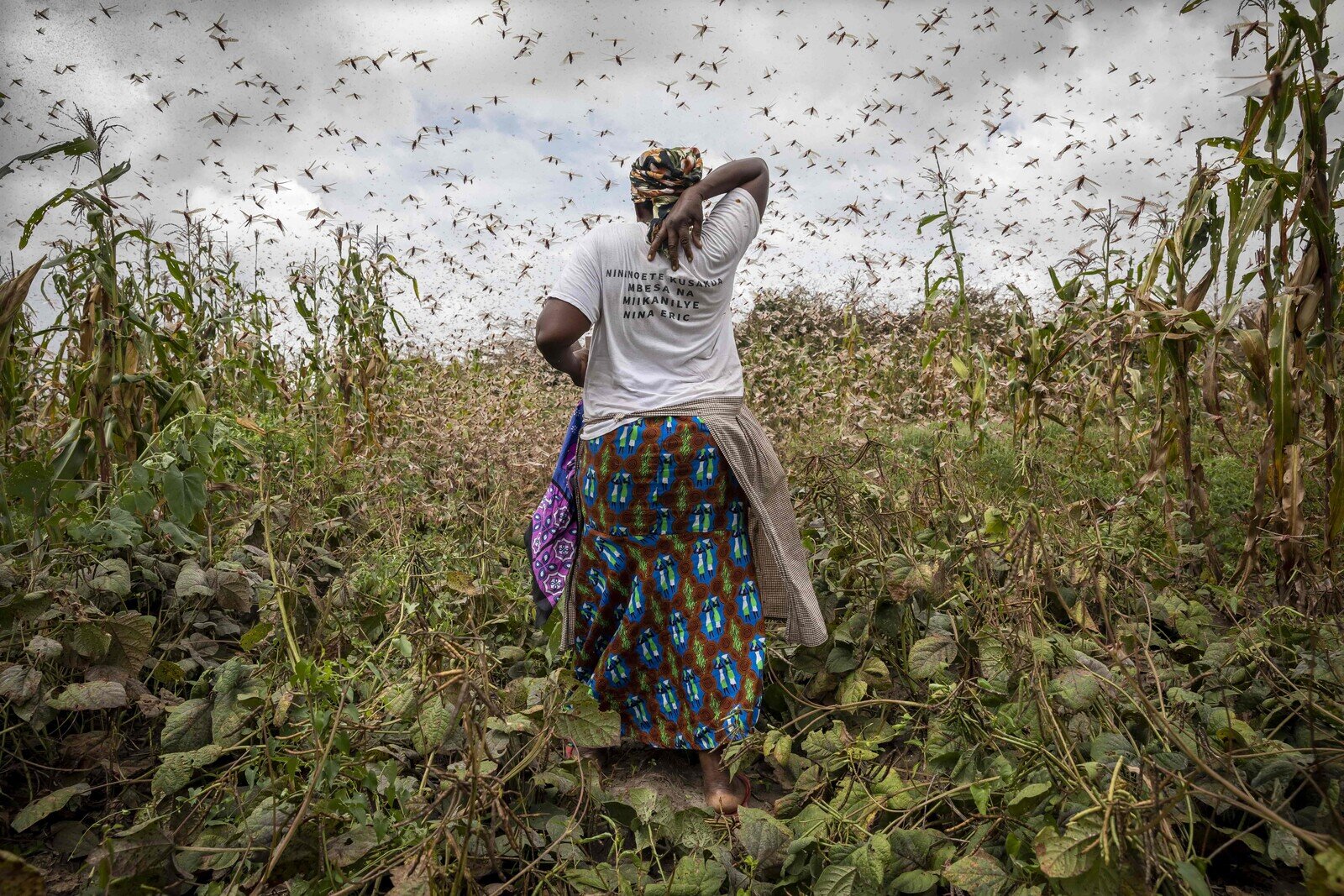2020年9月21日
Carbon emissions of richest 1% more than double those of poorest half of the world – Oxfam(只有英文)
The carbon emissions of the richest one percent are more than double those of the three billion people who made up the poorest half of humanity during a critical 25-year period of unprecedented emissions growth, according to a new Oxfam report published today.
The report, Confronting Carbon Inequaity, is based on research conducted with the Stockholm Environment Institute and is released as world leaders prepare to meet at the UN General Assembly to discuss global challenges including the climate crisis.
The report assesses the consumption emissions of different income groups between 1990 and 2015 during which the amount of carbon dioxide in the atmosphere doubled. It found that during this period:
- The richest 10 percent (approx. 630 million people) accounted for over half (52 percent) of the carbon dioxide emissions. The richest one percent accounted for 15 percent of emissions – more than twice that of the poorest half of humanity (7 percent).
- The total increase in emissions of the richest one percent was three times more than the total increase in emissions of the poorest half of the population.
- The richest 10 percent accounted for one third of the carbon emissions that scientists estimate will cause the 1.5C temperature rise triggering catastrophic irreversible climate change, while the poorest half of humanity emitted just four percent.
Tim Gore, Head of Climate Policy at Oxfam and author of the report said: ‘The over-consumption of a wealthy minority is fuelling the climate crisis yet it is poor communities and young people who are paying the price. Such extreme carbon inequality is a direct consequence of our governments decades long pursuit of grossly unequal and carbon intensive economic growth.’
Carbon emissions are likely to rapidly rebound as governments ease Covid-related lockdowns. If emissions do not keep falling year on year and carbon inequality is left unchecked the remaining carbon budget for 1.5C will be entirely depleted by 2030. However, carbon inequality is so stark the richest 10 percent would blow the carbon budget by 2033 even if all other emissions were cut to zero.
During 2020, and with the current level of approximately 1C of global heating, climate change has fuelled deadly cyclones in India and Bangladesh, huge locust swarms that have devastated crops across Africa and unprecedented heatwaves and wildfires across Australia and the US. No one is immune but it is the poorest and most marginalized people who are hardest hit.
Governments can tackle both extreme inequality and the climate crisis if they target the excessive emissions of the richest and invest in poor and vulnerable communities. Oxfam is calling for an increase in wealth taxes and new carbon taxes on luxury items – such as private jets and super yachts, as well as carbon-intensive SUVs and frequent flights. The revenue generated should be invested in low-carbon jobs such as in the social care sector and in green public transport as well as used to help poor communities around the world adapt to the changing climate.
Gore said: “Simply rebooting our outdated, unfair, and polluting pre-Covid economies is no longer a viable option. Governments must seize this opportunity to reshape our economies and build a better tomorrow for us all.
‘Governments must curb the emissions of the wealthy through taxes and bans on luxury carbon such as SUVs and frequent flights. Revenues should be invested in in public services and low carbon sectors to create jobs, and help end poverty,’ added Gore.
- End -
Notes to Editor
- The media brief Confronting Carbon Inequality and the full research report and data on which is it based is available HERE
- The poorest 50 percent of humanity comprised approximately 3.1 billion people on average between 1990 and 2015, the richest 10 percent comprised approx. 630 million people, the richest 5 percent approx. 315 million people, and the richest one percent approximately 63 million people.
- In 2015, around half the emissions of the richest 10 percent - people with net income over US$38,000 - are linked to citizens in the US and the EU and around a fifth with citizens of China and India. Over a third of the emissions of the richest one percent – people with net income over US$109,000 – are linked to citizens in the US, with the next biggest contributions from citizens of the Middle East and China. Net incomes are based on income thresholds for 2015 and represented in US$2011 Purchasing Power Parity.
- The research is based on estimations of consumption emissions from fossil fuels i.e. emissions consumed within a country including emissions embodied in imports and excluding emissions embodied in exports. National consumption emissions were divided between individual households based on the latest income distribution datasets and a functional relationship between emissions and income. This assumes, on the basis of numerous studies, that emissions rise in proportion to income above a minimum emissions floor and until a maximum emissions ceiling. National household consumption emissions estimates – for 117 countries from 1990 to 2015 - are then sorted into a global distribution according to income. More details on the methodology is available in the research report.
- The Stockholm Environment Institute is an international non-profit research and policy organisation that tackles environment and development challenges.
learn more about oxfam's work on promoting climate and food justice
During 2020, and with the current level of approximately 1C of global heating, climate change has fuelled deadly cyclones in India and Bangladesh, huge locust swarms that have devastated crops across Africa and unprecedented heatwaves and wildfires across Australia and the US. No one is immune but it is the poorest and most marginalized people who are hardest hit. (Photo: FAO/Sven Torfinn)

